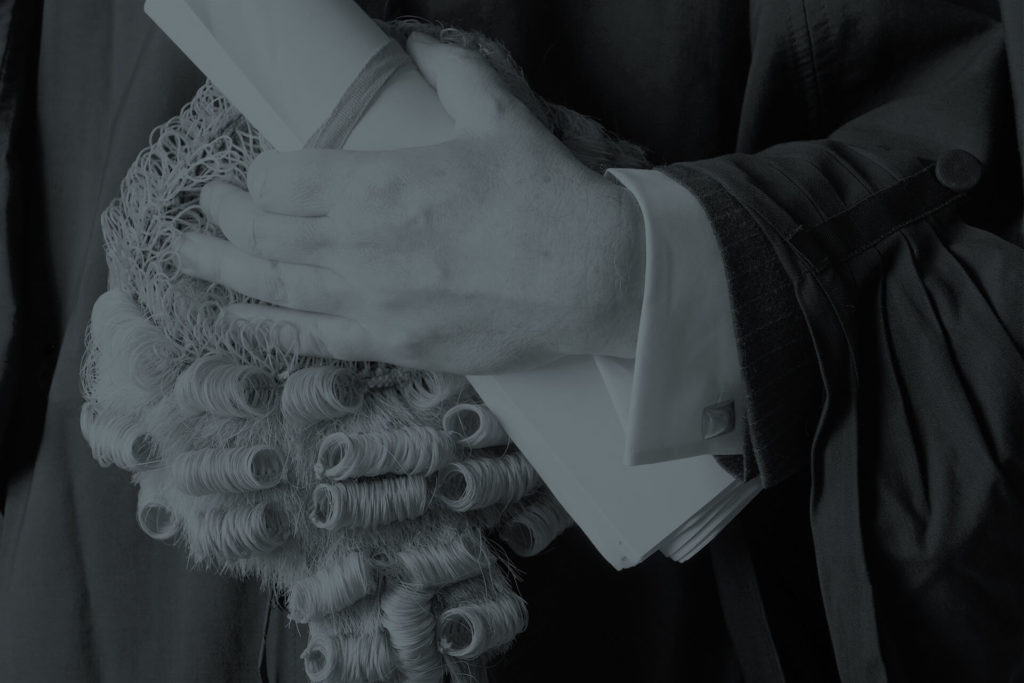Send your enquiry.
Contact us for a free, initial no obligation consultation.
"*" indicates required fields
Your information is safe and treated in accordance with our Privacy Policy
The recent trial of former footballer Ryan Giggs has brought the offence of ‘using controlling and coercive behaviour’ to the public spotlight. Here, our criminal defence solicitors examine the offence in greater detail, explaining what it means and when a defendant could be convicted.
Ex-Footballer
If you have been accused of a criminal offence, please contact us at Ashmans Solicitors. We specialise in criminal defence law and can represent you throughout proceedings. We are available to take your call 24 hours a day, 7 days a week.
What is controlling and coercive behaviour?
Controlling and coercive behaviour is a form of abuse, usually psychological or emotional abuse. It is when the perpetrator displays manipulative behaviours towards the victim to exert power over them.
Controlling and coercive behaviour is a criminal offence under the Serious Crime Act 2015. It falls under the scope of domestic abuse and violence, as it only applies when the perpetrator and the victim are ‘personally connected’. This typically means that they are (or were) in an intimate relationship, or are members of the same family.
The concept of ‘controlling and coercive behaviour’ is a difficult one to define, as the standalone behaviours are not illegal in their own right. However, if there is a pattern of behaviour that has a serious effect on the victim, then it constitutes a criminal offence.
When will someone be convicted of controlling and coercive behaviour?
A conviction may be secured where:
- Controlling or coercive behaviour took place; and
- This behaviour took place repeatedly or continuously; and
- It had a serious effect on the victim’s life; and
- The victim and perpetrator were personally connected
Let’s look at each point in turn.
Controlling or coercive behaviour took place
Controlling behaviour is anything that limits an individual’s independence. This includes isolating that person from sources of support, depriving them of money, regulating their day-to-day movements and exploiting their resources.
Coercive behaviour is any form of abuse designed to harm, punish or frighten the victim. This includes assaults, threats, humiliation and intimidation.
In practical terms, controlling and coercive behaviour could include any of the following:
- Isolating a person from their friends and family
- Depriving them of their basic needs
- Monitoring their time
- Monitoring a person via online communication tools or using spyware
- Taking control over aspects of their everyday life, such as where they can go, who they can see, what to wear and when they can sleep
- Depriving them of access to support services, such as specialist support or medical services
- Repeatedly putting them down such as telling them they are worthless
- Enforcing rules and activity which humiliate, degrade or dehumanise the victim
- Forcing the victim to take part in criminal activity such as shoplifting, neglect or abuse of children to encourage self-blame and prevent disclosure to authorities
- Financial abuse including control of finances, such as only allowing a person a punitive allowance
- Threats to hurt or kill
- Threats to a child
- Threats to reveal or publish private information (e.g. threatening to ‘out’ someone)
- Assault
- Criminal damage (such as destruction of household goods)
- Rape
- Preventing a person from having access to transport or from working
This behaviour took place repeatedly or continuously
There is no set definition of repeatedly or continuously. However, to secure a conviction, the court will be looking for a pattern of behaviour that took place over a period of time. One or two standalone incidents will likely be insufficient to lead to a guilty verdict. Rather, the behaviour must have occurred on an ongoing basis, although incidents might not have taken place in immediate succession.
It had a serious effect on the victim’s life
The behaviour displayed by the perpetrator must have had a serious effect on the victim’s life. This means they feared that violence would be used against them, or they were caused serious alarm or distress which in turn impacted their day-to-day activities.
The victim and the perpetrator were personally connected
The victim and the perpetrator must have been personally connected when the controlling/coercive behaviour took place. This usually means that they were in an intimate relationship, lived together, or were members of the same family.
If they were not personally connected, then the offences of stalking/harassment may be more applicable.
Have you been accused of controlling or coercive behaviour?
Have you been accused of controlling or coercive behaviour, perhaps by a current/former partner or family member? We can help you. We specialise in criminal defence law and can represent you throughout proceedings. This is a relatively new area of the law and it is important to have an expert on your side.
Contact us now for a free, confidential discussion. We are members of the Legal Aid scheme.
Call us on 0333 009 6275. We are available to take your call 24 hours a day, 7 days a week.
You can also email us on enquiries@ashmanssolicitors.com or complete our Free Online Enquiry Form and we’ll be in touch soon.




